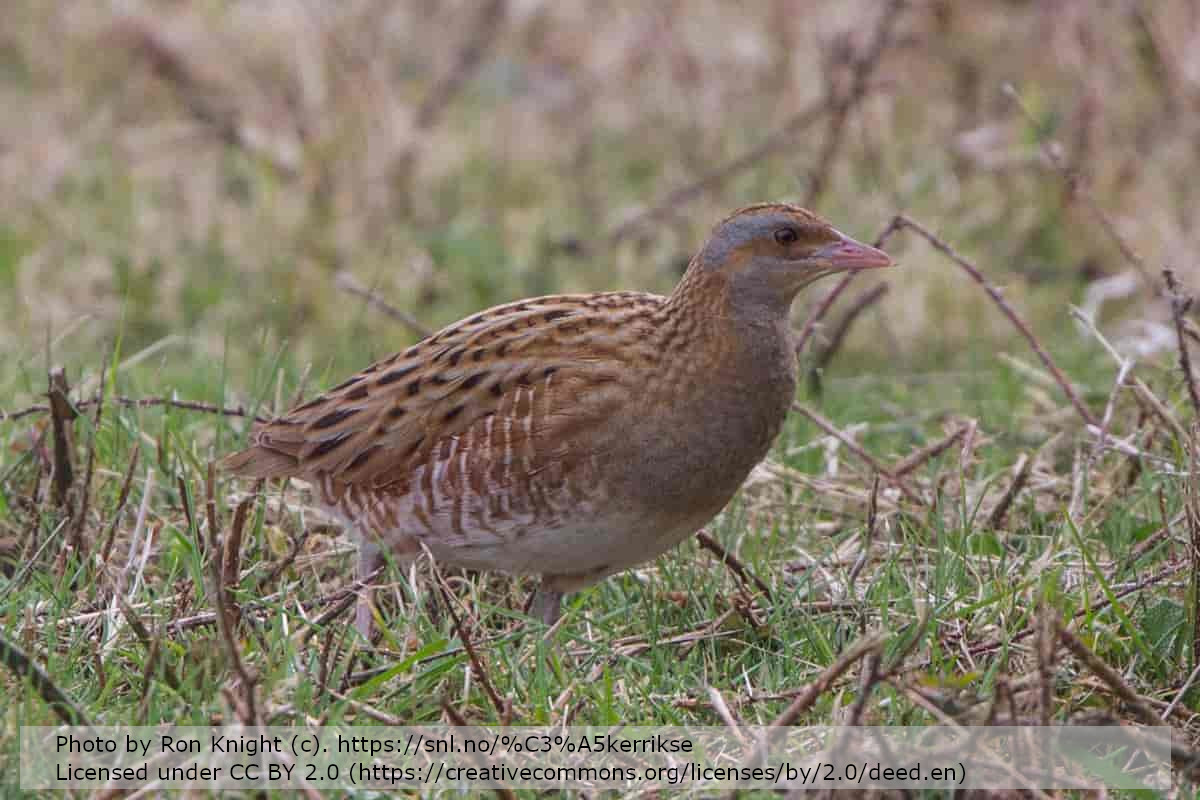Is there a viable population of Corncrakes Crex crex on Öland, southeastern Sweden?: habitat preference in relation to hay-mowing activities
DOI:
https://doi.org/10.34080/os.v8.22940Keywords:
population studies, breeding biology, breeding success, agriculture, threats, anthropological effectsAbstract
Corncrake Crex crex numbers have declined on Öland, southeastern Sweden from 239 singing males in 1972—75 to 90 singing males in 1997. During the same period, the median date for the harvesting of silage and hay advanced about two weeks from late to early June. A census conducted in 1997 revealed that 86% of Corncrake males used silage or hay fields as calling sites before harvest. Alternative habitats after mowing were set-aside fields with Phleum pratense, meadows dominated by grass, and on southern Öland vegetation with herbs such as Anthriscus sylvestris, Urtica dioica and Filipendula ulmaria. Between the early 1970s and 1997, the number of singing males had decreased in almost all parishes that previously held large number of Corncrakes. The only exception was Löt where 24 males were registered in late June 1997 (26 in the early 1970s). This area probably attracted birds that had failed elsewhere. Later mowing at Löt in 1997 allowed survival to hatching of a small proportion of first broods in silage fields . However, successful reproduction in silage or hay fields of repeat and replacement broods was not likely as all fields were mown before 20 July. This study indicates that the breeding success of Corncrakes on Öland is below what is needed for a viable population.
Downloads

Downloads
Published
How to Cite
Issue
Section
License
The copyright of each contribution belongs to the author(s), but all contributions are published under a Creative Commons license, so that anyone is free to share and reuse the contribution as long as the copyright holder is attributed.







